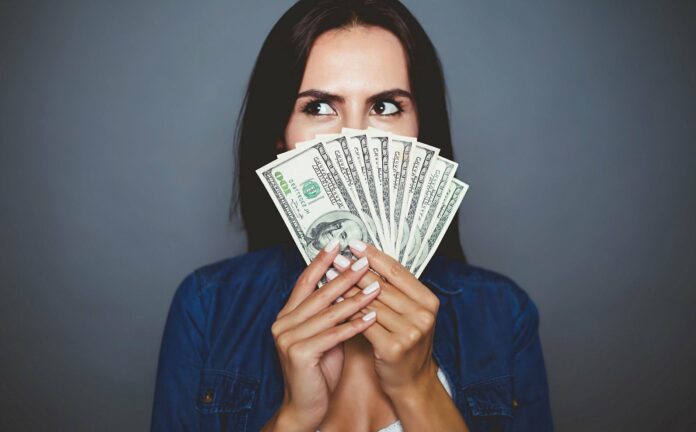Shareholders receive regular cash payments from the business, commonly known as dividends.
In the United States, these cash flows are called cash dividends to distinguish them from another type of dividend called stock dividends. In India, the latter is called a bonus stock, so the word “dividend” in India means cash dividend.
Dividends subject to change
Dividends are not contractually guaranteed and companies are not required to declare dividends. No company has announced in advance that it will pay a dividend of x% over the next five years. So, in practice, dividends can be very volatile.
But good companies try to keep their dividends stable, if not higher, to convince their shareholders that everything is going well. According to financial theory, if a company cannot invest retained earnings in projects with positive net present value, it should pay dividends to shareholders so that they can explore other investment opportunities.
In Western countries, companies offer dividend or DRIP programs. Investors participating in this plan will not receive any cash payments, but will receive additional shares equivalent to the declared dividends. This is equivalent to the dividend reinvestment option offered by mutual funds.
Therefore, the DRIP program allows you to accumulate shares in the company. The advantage is that investors who need to liquidate a portion of their shares can do so while maintaining more than the number of shares they initially acquired.
Stock dividends
Stock dividends entail capitalization of reserves. That is, funds are transferred from the reserve and balance sheet surplus accounts to the equity account. Similar to DRIP, this allows investors to increase the number of shares they own and sell shares without liquidating part of their original investment.
A dividend on shares leads to an increase in authorized capital. In theory, whether the funds are in reserve and surplus accounts or equity capital accounts, they have no value because ownership rests with the shareholders.
In the United States, companies sometimes issue two categories of stock. The first category gives the owner the right to receive cash dividends and the second category gives the owner the right to receive stock dividends. Therefore, shareholders can choose at their own discretion.
A share buyback program is also an alternative to returning capital to shareholders. When a share buyback program is announced, it can increase demand for the stock and prevent the price from falling in a declining market. The equivalent of a redemption program is a reverse ledger where offers are listed in ascending order of price.
The buyback program allows founders to increase their proportional stake in the company if they wish. This is because if you refrain from offering your own stock, your proportional share will automatically increase.
Follow and connect with us on Facebook, LinkedIn & Twitter

